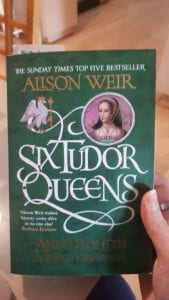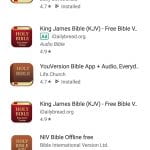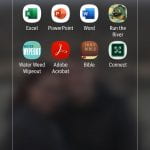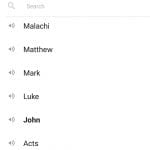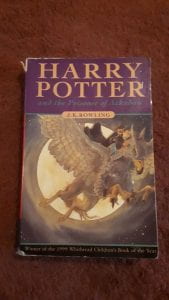Digital texts are becoming more and more prevalent within our society. As students, we reach for websites and online journals before looking at books when doing research. At home, we look for audiobooks to listen to while cooking, at the gym, or in the car. We look to buy e-books for textbooks or for pleasure reading rather than purchasing paperback or hardback books. As a generalisation, people don’t have large book collections anymore; they talk about how many books they have on their Kindles or iPads instead.
Digital texts are defined as “audio, visual or multimodal texts produced through digital or electronic technology” (Australian Curriculum Assessment and Reporting Authority [ACARA], n.d. para 1). This particular definition was chosen due to my primary area of teaching and because I would be using digital texts within the classroom or in a secondary school library more so than in any other area. Digital texts can be a wide range of different formats, from audio and e-books to interactive books with videos and hyperlinks to even mobile apps and movies.
When reading or using a digital text, I do miss the feel of paper and being able to annotate (within reason!) it with my own thoughts and putting sticky notes on the pages where I have done some analysis. I am fairly ‘old school’ in this regard and dislike using digital versions of texts; however, I can see a use for them within a classroom and I am highly likely to use them when I teach.
The use of varying digital texts is set against the rapid growth within the technological field as a whole. Many of our students have grown up with iPads and mobile phones within easy reach and knowing instinctively how to use them. Students, at the same time, are so far removed from the ‘conventional’ literacy demands of study such as looking to printed texts for information and instead relying on online sources. However, at the same time, “web-based learning environments, notions of connectivity, the potential of social networking, digital and mobile technologies are permeating … not only through student practice but in terms of dominant institutional drivers” (Lea & Jones, 2010, p. 378). This article goes further to highlight that an ever-growing reliance on digital texts places a growing burden on the level of government-led funding in order to harness the required technologies of the age. The overall use – and therefore the purpose – of a digital text is to enhance the learning experience, some schools can do this through high fees, while others rely on government grants and donations. Some schools can provide a large number of digital texts and access to them, whereas others struggle to provide the basics. A digital text should, in conjunction with enhancing the learning experience, complement the curriculum of the jurisdiction or the assessment tasks in the unit of work.
So, all of this beggars the question, what makes a good digital text? Is it the format it is in? Is it the interactivity, and accessibility of digital texts? I believe that it is a good mix of all of that and more. A good digital text should have good content, have good long-lasting value, be accessible, interactive and above all, be enjoyed by students and teachers alike.
Of the three texts I reviewed, I preferred the Bible app, which did come as a surprise to me. If I were teaching Religious Education, I would use the app as a way of supplementing the curriculum by participating in one of the plans it offers as a means of homework or formative assessment. I would also use it as a supplementary mechanism of understanding the Bible and its contents, both for my student’s understanding and my own. Being able to use the text alongside my students is one thing that I look for when evaluating any form of resource – digital or not.
I believe that whether we, on a personal level, like digital texts, they are here to stay and we should try and use them in our classes and libraries as best as we can. We should be mindful of the ever-changing technology and be willing to adapt our practices where necessary.
References

